So time for a full update with what’s been happening and why no activity on here. Starting with FHN 2025.
Friedrichshafen 2025
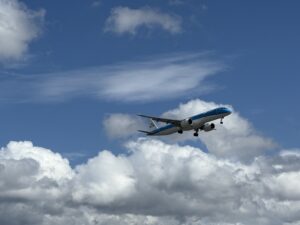 What a fantastic week again. It does seriously get better each year. We made our usual journey down to Heathrow on the Tuesday, chilled out and watched some aircraft, drank coffee, had food, and a couple of beers before bed ready for silly o’clock alarms to get to the airport for our flight. It wouldn’t be a FHN trip if we didn’t get lost and fall out trying to find the car drop off point – your turn to navigate next year Ady. Check in and go through security to have breakfast in Weatherspoon’s airside, then a walk to the departure gate and the flight.
What a fantastic week again. It does seriously get better each year. We made our usual journey down to Heathrow on the Tuesday, chilled out and watched some aircraft, drank coffee, had food, and a couple of beers before bed ready for silly o’clock alarms to get to the airport for our flight. It wouldn’t be a FHN trip if we didn’t get lost and fall out trying to find the car drop off point – your turn to navigate next year Ady. Check in and go through security to have breakfast in Weatherspoon’s airside, then a walk to the departure gate and the flight.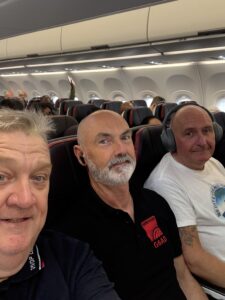
Arrive in Zurich at 09:15, go through passport control, collect the bags and off for the train. No queues, no rush just a nice steady walk and get some supplies from the shops in “the circle”, the last bits needed for a holiday that we didn’t bring from the UK. Into the booking office for the train tickets where once again we found the Swiss railway staff to be helpful and friendly. We had a short wait for the train this year but it was lovely and cool on the underground platforms so the wait wasn’t uncomfortable. Train arrived, and we were also joined by an American ham who was also on his way to FHN and the Bodensee region researching a book about his grandparents who “escaped” during WW2 to America.
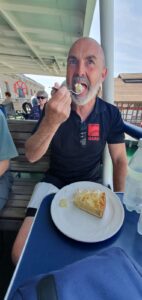 Romanshorn was upon us in no time, so a change and onto the ferry for the crossing over Lake Constance to FHN. This is one of the highlights of the trip, they have an excellent apple pie on board that I had promised Ady I would buy him a slice of for giving me some items I was using in the QO-100 build (which is still ongoing and will be explained in a later post). The apple pie was again delicious by the way.
Romanshorn was upon us in no time, so a change and onto the ferry for the crossing over Lake Constance to FHN. This is one of the highlights of the trip, they have an excellent apple pie on board that I had promised Ady I would buy him a slice of for giving me some items I was using in the QO-100 build (which is still ongoing and will be explained in a later post). The apple pie was again delicious by the way.
Upon landing we met our friends from Northern Ireland heading back to Romanshorn for a day exploring and some lunch for a change of scenery, we would meet up with them again later in the day for a beer or two. A short walk to the hotel and a look at the watch – just hitting 12:30 local which is 11:30 UK time. Again we had a chilled relaxing trip to FHN. Sadly we couldn’t all check in as mine and Ady’s rooms weren’t ready so we put our bags in Charles’ and decide on a walk and explore the town.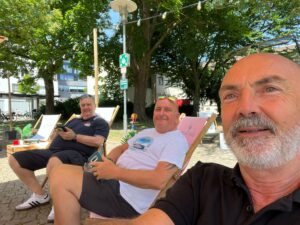
Just down from the hotel is a square next to the church, which now has a shipping container that has been converted into a bar, owned by an English guy, with deck chairs all around to relax and have a beer in. Now we English cannot resist deck chairs and so it was decided that the first beer of the trip was to be consumed there – Ady’s idea and a bloody good one too. The bar itself has some local craft beers and ciders, so me being a beer “aficionado” decided to try one of these. It didn’t look 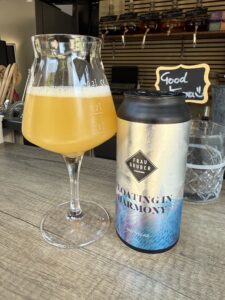 inviting but boy was it tasty. A couple of ciders were the choice of Charles and Ady. Deckchairs found and the boys relaxed watching the world go by.
inviting but boy was it tasty. A couple of ciders were the choice of Charles and Ady. Deckchairs found and the boys relaxed watching the world go by.
We then went for an explore, especially as it was a nice day and we had time to kill. But rather than head into town we had a walk along the lakeside through the park and up to the marina and see what all the statues are about along this section of the town. All the way along we could see into the lake and how clear it was, and me being the fisherman would love to have set some rods up and had a go at catching some of the ones that were out there. The ones cruising around the marina were so tempting to chuck a fly or two and see what happens. Rod benders definitely.
This was the first time any of us had walked and explored this way, and we found it to be such a beautiful part of the town. I say this every time I go it is a far better lifestyle over there than the one we have in the UK, the streets are cleaner, the people seem to respect it more and they seem to have the right balance between work and social life.
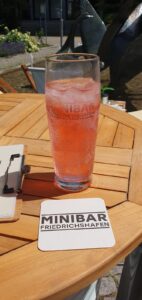 Back at the hotel we finally checked into our rooms and went down to get some food and relax before the others arrived. A walk into town and a kebab from a little shop we had spotted earlier – Charles’ choice. A couple more beers and we had an early night, that early morning start soon caught up with us.
Back at the hotel we finally checked into our rooms and went down to get some food and relax before the others arrived. A walk into town and a kebab from a little shop we had spotted earlier – Charles’ choice. A couple more beers and we had an early night, that early morning start soon caught up with us.
Thursday morning came, and following breakfast, which once again makes me remember why we choose this hotel, we made our plans for the day. We decided on going to visit the Dornier museum, the opposite side of the airport to the Messe where the show is held. And like the Zeppelin museum the year before the exhibits were interesting, giving an insight to the local area and what it was all about. As usual we started off with a coffee before heading into the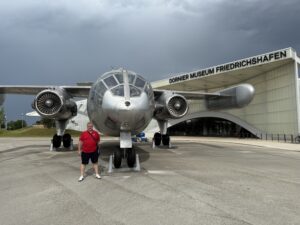 museum.
museum.
Dornier not only made aircraft, which they still do, they also made cars and scooters – some strange shapes and they would probably go down well now with the “green” drivers of electric vehicles. The outside exhibits were very much hands on, some allowing you to go into the cabin and see the military equipment, or the communication side – we had G6AD calling CQ and not getting any contacts which was rare. Amongst them was the FIAT GR-19, which as you will see later, was the first of 2 I would see this year. A fantastic fighter that was like most aircraft of that time graceful and had beautiful 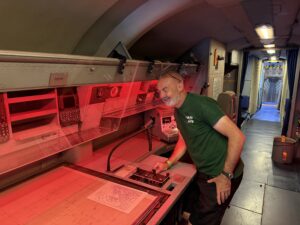 lines when in the air.
lines when in the air.
Inside and the upstairs area has the information and exhibits of the companies history. Some information on what was happening around the lake during World War 2. This was a very industrious area and was targeted by the allied bombers. It just brings home the futileness of war, and highlights how humans can be so cruel to each other. There is also a hall that shows what the current Dornier factory is working on with scientific projects in the European Space Agency and into the future. There is also a Huey helicopter and this had me singing the theme from M.A.S.H. (“Suicide is Painless”) to the boys, which went down like a lead balloon.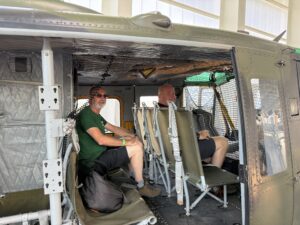
A quick coffee, a look around the shop and a taxi across to the Messe to look at our spot and set up the table ready for Friday. This also gave us chance to meet up with some old friends who were also up there setting up. By now it was mid afternoon so we headed back to the town to see who had arrived and catch up with old friends.
Back at the hotel and the first there was Stig, LA7JO/HS0ZGD, our old friend from Norway/Thailand. A slow stream of the regulars came in and at one point we had 11 different nations sat around the table, and not one cross word between us, that came from Europe, USA, Middle East, Far East, and beyond. Every one good friends who make this weekend fun. Plenty of beer was drunk that afternoon, and it was the first year that I actually had 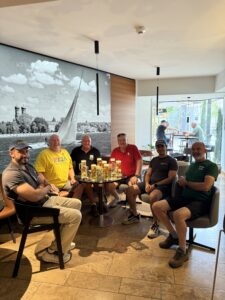 a good drink and chat. As I say good friends and lots of laughs. We went for a walk to the other haunt just up the road from our hotel to meet up with Jamie, M0SDV, and the boys from Northern Ireland – more good friends who I enjoy the company of. And an Indian meal to top the night off.
a good drink and chat. As I say good friends and lots of laughs. We went for a walk to the other haunt just up the road from our hotel to meet up with Jamie, M0SDV, and the boys from Northern Ireland – more good friends who I enjoy the company of. And an Indian meal to top the night off.
 Friday morning and the first day of the show. Charles, Ady and myself had made the decision that Friday was going to be a loud shirt day – and boy did we have loud shirts. They went down a storm at the show with many calling at the IOTA stand to have their photos taken with us. Of course we obliged. We also had some drinks on the table, Ady had brought a bottle of Jura single malt scotch whisky, Charles a bottle of Buffalo Bourbon, and myself a bottle of Dead Mans Finger Mango rum. We were handing out shots to visitors from 12 O’clock lunchtime, as do the French CDXC guys with their pastice (Ricard).
Friday morning and the first day of the show. Charles, Ady and myself had made the decision that Friday was going to be a loud shirt day – and boy did we have loud shirts. They went down a storm at the show with many calling at the IOTA stand to have their photos taken with us. Of course we obliged. We also had some drinks on the table, Ady had brought a bottle of Jura single malt scotch whisky, Charles a bottle of Buffalo Bourbon, and myself a bottle of Dead Mans Finger Mango rum. We were handing out shots to visitors from 12 O’clock lunchtime, as do the French CDXC guys with their pastice (Ricard).
Plenty of visitors, chat and laughs with them. A chance to catch up as I keep saying with old friends and making new ones. We also had time to walk around and look at the other stands and nice new kit. Seeing the new RSGB president, Bob Bebe (GU4YOX), for the first time since he was elected was good. It gave me the chance to congratulate him, he is someone I met many years ago and very rarely bumped into him at any of the events over the years but it is good to have a like minded president who will do the society a lot of good during his tenure.
Friday night was more beer and a meal in our favourite restaurant by the lake, the Bela Vista, which is an Italian and has excellent food. Upstairs was the Rhein Ruhr DX groups dinner, and a few couldn’t get in so they joined us and again it was a pleasure to meet them and have a chat with new friends.

Saturday was much of the same, but with even more new visitors. It also gave me time to catch up with an old friend in Ray Novak, N9JA, from Icom America. He asked what was happening at the Clipperton DX Club – the French guys – stand as there was a big crowd or “pileup” as he called it. I explained about the pastice and asked him if he wanted some. He said the “pileup” was too big, “let me show you how to crack a pileup” I replied and promptly took him around the side and got a drink for us from my friend Franco (thanks Franco again) as he knows how I like it. Ray had the same and was blown away with the taste, but enjoyed it. He then came over to the IOTA stand and had a couple of shots with us there. I mentioned I had applied for a job with Icom UK – more on this in a later blog – and he thought I would do well with the company.
promptly took him around the side and got a drink for us from my friend Franco (thanks Franco again) as he knows how I like it. Ray had the same and was blown away with the taste, but enjoyed it. He then came over to the IOTA stand and had a couple of shots with us there. I mentioned I had applied for a job with Icom UK – more on this in a later blog – and he thought I would do well with the company.
Saturday evening came around quickly. This evening we went to Tiffany’s steak house. This has to do the best steaks in Germany. We were joined by James (KB2FMH), who is such great company and has the best New York accent ever, Jamie (M0SDV), Nathan (K4NHW), Lukas (LY7J), Paul (G4PVM) and Martin (GW4XUM). Afterwards again we retired to Pier 40 for a couple of beers and 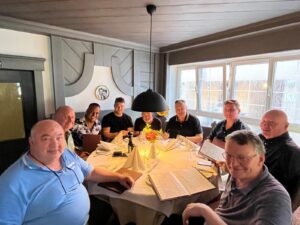 then into the hotel for a night cap ready for a long day travelling the next day
then into the hotel for a night cap ready for a long day travelling the next day
Sunday was the quick trip to the Messe to pack up the stand, say our goodbyes and book for next year – we had already booked our rooms at the hotel – with the organisers. A last taxi ride to the ferry and the start of the journey back to the airport. No apple pie on the ferry this time, but a lovely sailing across Lake Constance. Off and a wait for the train to depart – it was already waiting for us when we got there. Arrive at the airport with a few hours to kill so we had a meal in the circle, well a McDonalds, and wait around for the gate to open for the luggage drop. Through to Security where I got stopped and my bag searched, but no delay in the long run, passport control and into duty free. I had a couple of gifts to buy for work, and a friend – along with my annual giant Toblerone – before we sat down to the most refreshing drink of the week.
The flight was delayed and we left about 45 mins late but with the wind behind us we made good time and got back into LHR about 20 minutes behind. A quick walk through to customs and bag pick up before collecting the car and return to the Premier Inn for a night relaxing. We had a meal and a beer or two before hitting the hay ready to get up on Monday and head back to our homes.
I must say a huge thank you to Charles and Ady again for their company and friendship. These two keep me sane through the year and then are such good fun when we get together. Huge thanks also to Charles for driving and picking up both myself and Ady from our homes in Warwickshire. Here’s to FHN 2026 and another top weekend.



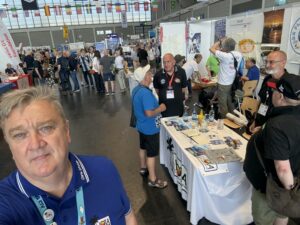
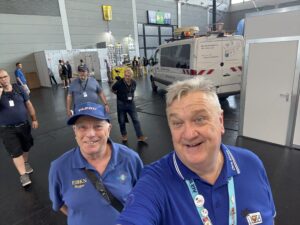
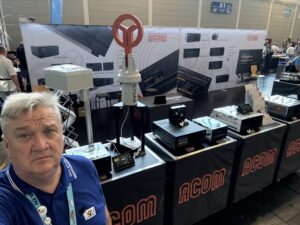

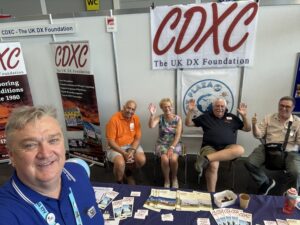
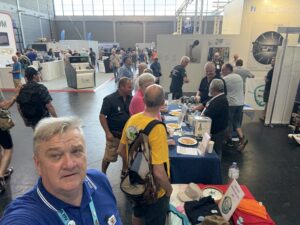
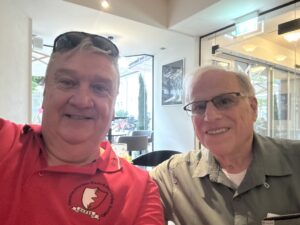

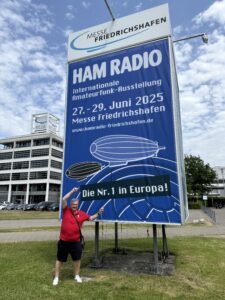



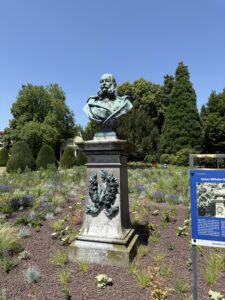
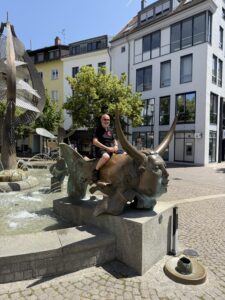
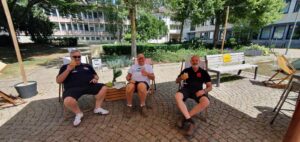

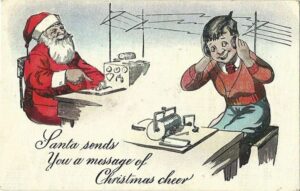

 Following on from our success, and fun we had, in the CQWPX SSB contest in March 2025 The Royal Signals Amateur Radio Society (RSARS) contest team decided to take part in the CQWW DX SSB contest This contest is held annually on the last full weekend of October each year, this is a 48 hour contest starting at 00:00 UTC on the Friday and running through to 00:00UTC on the Sunday evening. The aim is to make contact with as many different stations on the HF amateur bands – 160, 80, 40, 20 15 and 10M – in as many different countries and CQ Zones around the world. There are also CW and RTTY events held on the last full weekends of November and September respectively.
Following on from our success, and fun we had, in the CQWPX SSB contest in March 2025 The Royal Signals Amateur Radio Society (RSARS) contest team decided to take part in the CQWW DX SSB contest This contest is held annually on the last full weekend of October each year, this is a 48 hour contest starting at 00:00 UTC on the Friday and running through to 00:00UTC on the Sunday evening. The aim is to make contact with as many different stations on the HF amateur bands – 160, 80, 40, 20 15 and 10M – in as many different countries and CQ Zones around the world. There are also CW and RTTY events held on the last full weekends of November and September respectively.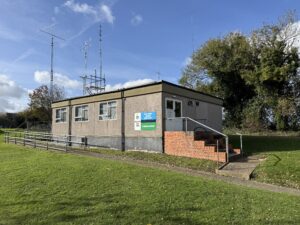 events. I have been a member of RSARS for the past 18 months and first attended for the CQWPX contest in March 2025.
events. I have been a member of RSARS for the past 18 months and first attended for the CQWPX contest in March 2025.  maintenance on the antennas, and some interruptions from the many visitors who stopped by to see what was happening. We also stopped to have tea and drinks during the Saturday and Sunday to chat and plan tactics. But this time around we were hoping to operate for the full 48 hours on all bands and get further up the table, and there will be more stations in our category to try and beat.
maintenance on the antennas, and some interruptions from the many visitors who stopped by to see what was happening. We also stopped to have tea and drinks during the Saturday and Sunday to chat and plan tactics. But this time around we were hoping to operate for the full 48 hours on all bands and get further up the table, and there will be more stations in our category to try and beat.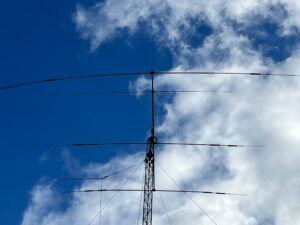 are mounted on the 60 foot towers with a doublet suspended between them fed into a balun and then into an automatic antenna tuner to get the impedances right. Ady brought along his home made full size 1/4 wave vertical for 80M, and we have a 4 square antenna for 40M – which also works on 15M – that had been built and was very successful in the CQWPX event earlier in the year.
are mounted on the 60 foot towers with a doublet suspended between them fed into a balun and then into an automatic antenna tuner to get the impedances right. Ady brought along his home made full size 1/4 wave vertical for 80M, and we have a 4 square antenna for 40M – which also works on 15M – that had been built and was very successful in the CQWPX event earlier in the year. The IC-7760 was to be used on 10M, 80M and 160M using the clubs Acom 1000 to the 4 element Yagi and 80M Vertical – and tried the doublet for 160 with limited success – and the 100W output from the radio to the doublet mounted between the 2 towers the Yagis. The Clubs 7610 was also 80M through the Ameritron, sadly the Ameritron failed so we only had 100W from the radio. Tom set his 756 on the 40M 4 square we had built for CQWPX and was able to use it on 15m, and the K4 went on 20M through the 3 element Yagi and Acom 1000, and doubled up on 15M when the 40M band was rocking.
The IC-7760 was to be used on 10M, 80M and 160M using the clubs Acom 1000 to the 4 element Yagi and 80M Vertical – and tried the doublet for 160 with limited success – and the 100W output from the radio to the doublet mounted between the 2 towers the Yagis. The Clubs 7610 was also 80M through the Ameritron, sadly the Ameritron failed so we only had 100W from the radio. Tom set his 756 on the 40M 4 square we had built for CQWPX and was able to use it on 15m, and the K4 went on 20M through the 3 element Yagi and Acom 1000, and doubled up on 15M when the 40M band was rocking.  issue, meanwhile Ady was on 20, Chris using the 7760 on 160 trying to get some “bonus points” with us not having a tuned antenna for the band. As it was a struggle after about an hour it was decided to switch the 80M vertical on to the 7760 and Acom to maximise that band and points. Tom was trying to find a clear spot on 40M, but as he said it was that busy “you can’t get a fag paper between the stations”. This was much the story all weekend with us rotating and taking breaks for sleep, though mostly it was for a couple of hours here and there.
issue, meanwhile Ady was on 20, Chris using the 7760 on 160 trying to get some “bonus points” with us not having a tuned antenna for the band. As it was a struggle after about an hour it was decided to switch the 80M vertical on to the 7760 and Acom to maximise that band and points. Tom was trying to find a clear spot on 40M, but as he said it was that busy “you can’t get a fag paper between the stations”. This was much the story all weekend with us rotating and taking breaks for sleep, though mostly it was for a couple of hours here and there.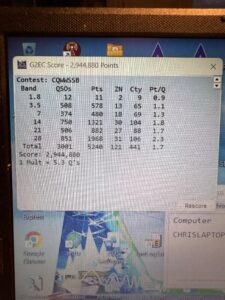 March to get together again for some fun on air. We had a fun weekend with all members who attended having a go. We had a couple of new to contesting guys attend and made contacts – all saying how they enjoyed it and asking when we were next going to have a go.
March to get together again for some fun on air. We had a fun weekend with all members who attended having a go. We had a couple of new to contesting guys attend and made contacts – all saying how they enjoyed it and asking when we were next going to have a go.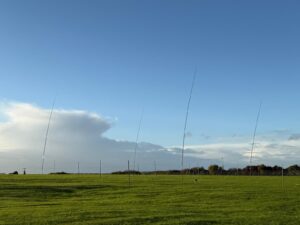 stations transmitting on there.
stations transmitting on there.
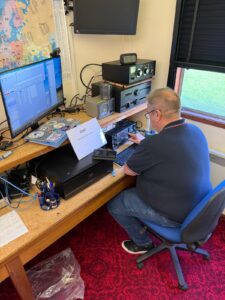

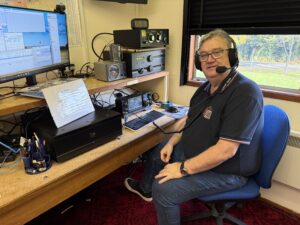
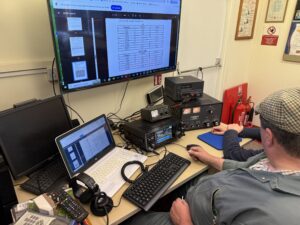
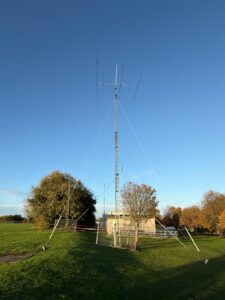
 As mentioned in an earlier post I am now working at
As mentioned in an earlier post I am now working at  had a steady stream of visitors on both days with a heck of a lot of interest in the new radio. This will be another great seller for Icom with it’s new features. It was good to see lots of old friends who came up and congratulated me on the new job, and it was good to see my old mate Andrew, M0ALA, that I haven’t seen for best part of 30 years. An excellent and fun weekend with new work colleagues allowing me to get to know them, and to have chance to officially meet the dealers.
had a steady stream of visitors on both days with a heck of a lot of interest in the new radio. This will be another great seller for Icom with it’s new features. It was good to see lots of old friends who came up and congratulated me on the new job, and it was good to see my old mate Andrew, M0ALA, that I haven’t seen for best part of 30 years. An excellent and fun weekend with new work colleagues allowing me to get to know them, and to have chance to officially meet the dealers. interests, and a couple of groups hold their meetings. This year I have to say was one of the better ones I have attended for a number of years.
interests, and a couple of groups hold their meetings. This year I have to say was one of the better ones I have attended for a number of years.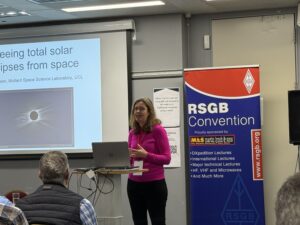 The weekends talks opened on the Saturday morning just after the official opening by the president and general manager of the RSGB – Bob Bebe GU4YOX and Steve Thomas M1ACB respectively. This was by Dr Lucie Green who had given the presentation to Hinckley ARES a few months before, an excellent presentation and I am looking forward to hearing more on this with possibly assisting with the amateur radio side of things. She is hoping to get a spaceship into orbit around the earth and moon to get images of the sun with a total eclipse to study the corona – see the video on the RSGBs YouTube channel. As I say another excellent weekend and a chance to catch up with old friends and new.
The weekends talks opened on the Saturday morning just after the official opening by the president and general manager of the RSGB – Bob Bebe GU4YOX and Steve Thomas M1ACB respectively. This was by Dr Lucie Green who had given the presentation to Hinckley ARES a few months before, an excellent presentation and I am looking forward to hearing more on this with possibly assisting with the amateur radio side of things. She is hoping to get a spaceship into orbit around the earth and moon to get images of the sun with a total eclipse to study the corona – see the video on the RSGBs YouTube channel. As I say another excellent weekend and a chance to catch up with old friends and new. 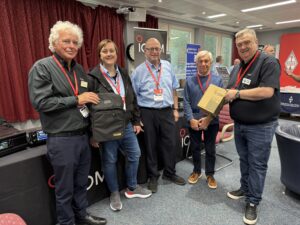


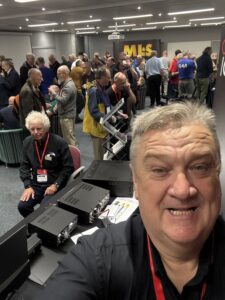
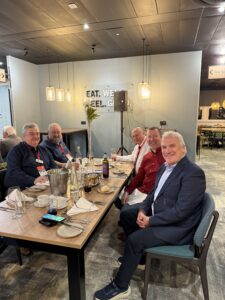
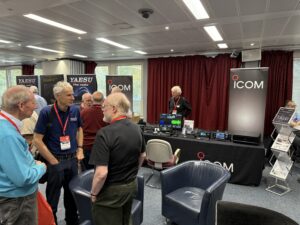
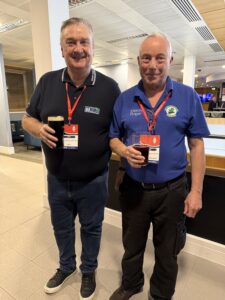
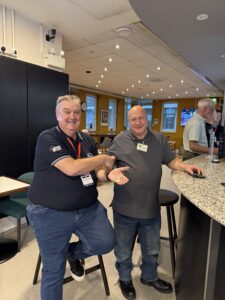
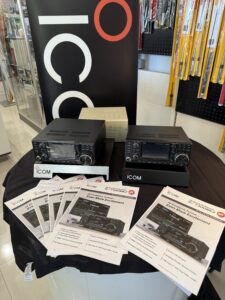
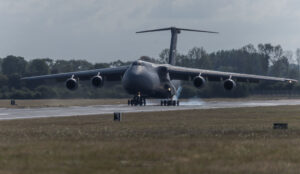

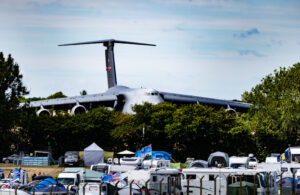
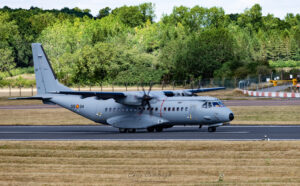
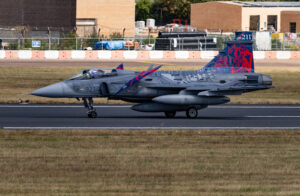
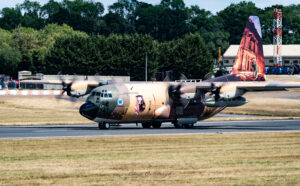



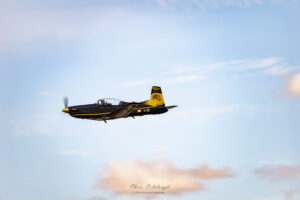

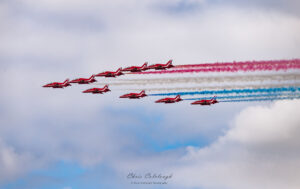
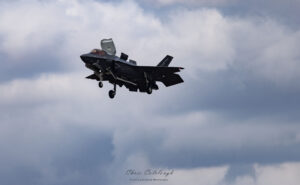
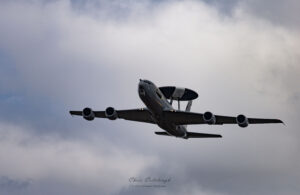
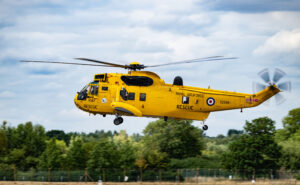

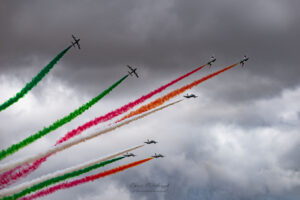

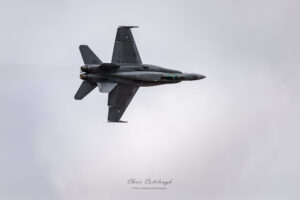
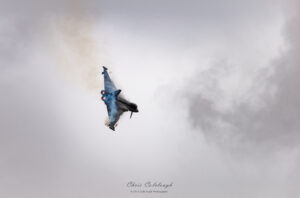
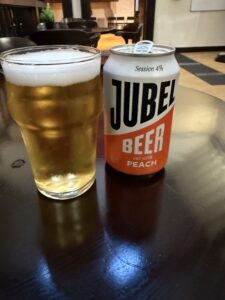
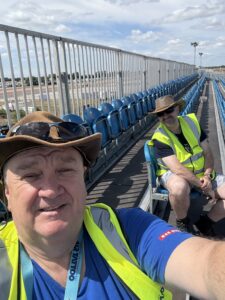
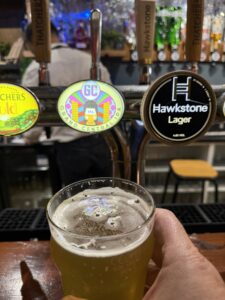
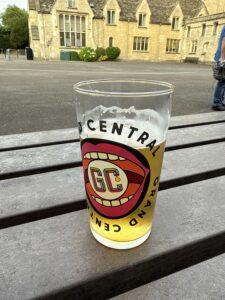
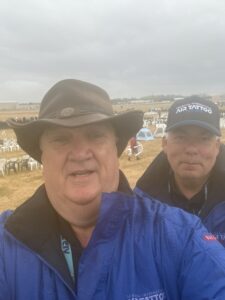
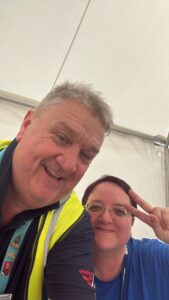
 What a fantastic week again. It does seriously get better each year. We made our usual journey down to Heathrow on the Tuesday, chilled out and watched some aircraft, drank coffee, had food, and a couple of beers before bed ready for silly o’clock alarms to get to the airport for our flight. It wouldn’t be a FHN trip if we didn’t get lost and fall out trying to find the car drop off point – your turn to navigate next year Ady. Check in and go through security to have breakfast in Weatherspoon’s airside, then a walk to the departure gate and the flight.
What a fantastic week again. It does seriously get better each year. We made our usual journey down to Heathrow on the Tuesday, chilled out and watched some aircraft, drank coffee, had food, and a couple of beers before bed ready for silly o’clock alarms to get to the airport for our flight. It wouldn’t be a FHN trip if we didn’t get lost and fall out trying to find the car drop off point – your turn to navigate next year Ady. Check in and go through security to have breakfast in Weatherspoon’s airside, then a walk to the departure gate and the flight.
 Romanshorn was upon us in no time, so a change and onto the ferry for the crossing over Lake Constance to FHN. This is one of the highlights of the trip, they have an excellent apple pie on board that I had promised Ady I would buy him a slice of for giving me some items I was using in the QO-100 build (which is still ongoing and will be explained in a later post). The apple pie was again delicious by the way.
Romanshorn was upon us in no time, so a change and onto the ferry for the crossing over Lake Constance to FHN. This is one of the highlights of the trip, they have an excellent apple pie on board that I had promised Ady I would buy him a slice of for giving me some items I was using in the QO-100 build (which is still ongoing and will be explained in a later post). The apple pie was again delicious by the way. 
 inviting but boy was it tasty. A couple of ciders were the choice of Charles and Ady. Deckchairs found and the boys relaxed watching the world go by.
inviting but boy was it tasty. A couple of ciders were the choice of Charles and Ady. Deckchairs found and the boys relaxed watching the world go by. 
 Back at the hotel we finally checked into our rooms and went down to get some food and relax before the others arrived. A walk into town and a kebab from a little shop we had spotted earlier – Charles’ choice. A couple more beers and we had an early night, that early morning start soon caught up with us.
Back at the hotel we finally checked into our rooms and went down to get some food and relax before the others arrived. A walk into town and a kebab from a little shop we had spotted earlier – Charles’ choice. A couple more beers and we had an early night, that early morning start soon caught up with us.  museum.
museum.  lines when in the air.
lines when in the air.
 a good drink and chat. As I say good friends and lots of laughs. We went for a walk to the other haunt just up the road from our hotel to meet up with Jamie, M0SDV, and the boys from Northern Ireland – more good friends who I enjoy the company of. And an Indian meal to top the night off.
a good drink and chat. As I say good friends and lots of laughs. We went for a walk to the other haunt just up the road from our hotel to meet up with Jamie, M0SDV, and the boys from Northern Ireland – more good friends who I enjoy the company of. And an Indian meal to top the night off.
 Friday morning and the first day of the show. Charles, Ady and myself had made the decision that Friday was going to be a loud shirt day – and boy did we have loud shirts. They went down a storm at the show with many calling at the IOTA stand to have their photos taken with us. Of course we obliged. We also had some drinks on the table, Ady had brought a bottle of Jura single malt scotch whisky, Charles a bottle of Buffalo Bourbon, and myself a bottle of Dead Mans Finger Mango rum. We were handing out shots to visitors from 12 O’clock lunchtime, as do the French CDXC guys with their pastice (Ricard).
Friday morning and the first day of the show. Charles, Ady and myself had made the decision that Friday was going to be a loud shirt day – and boy did we have loud shirts. They went down a storm at the show with many calling at the IOTA stand to have their photos taken with us. Of course we obliged. We also had some drinks on the table, Ady had brought a bottle of Jura single malt scotch whisky, Charles a bottle of Buffalo Bourbon, and myself a bottle of Dead Mans Finger Mango rum. We were handing out shots to visitors from 12 O’clock lunchtime, as do the French CDXC guys with their pastice (Ricard).

 promptly took him around the side and got a drink for us from my friend Franco (thanks Franco again) as he knows how I like it. Ray had the same and was blown away with the taste, but enjoyed it. He then came over to the IOTA stand and had a couple of shots with us there. I mentioned I had applied for a job with Icom UK – more on this in a later blog – and he thought I would do well with the company.
promptly took him around the side and got a drink for us from my friend Franco (thanks Franco again) as he knows how I like it. Ray had the same and was blown away with the taste, but enjoyed it. He then came over to the IOTA stand and had a couple of shots with us there. I mentioned I had applied for a job with Icom UK – more on this in a later blog – and he thought I would do well with the company. then into the hotel for a night cap ready for a long day travelling the next day
then into the hotel for a night cap ready for a long day travelling the next day













